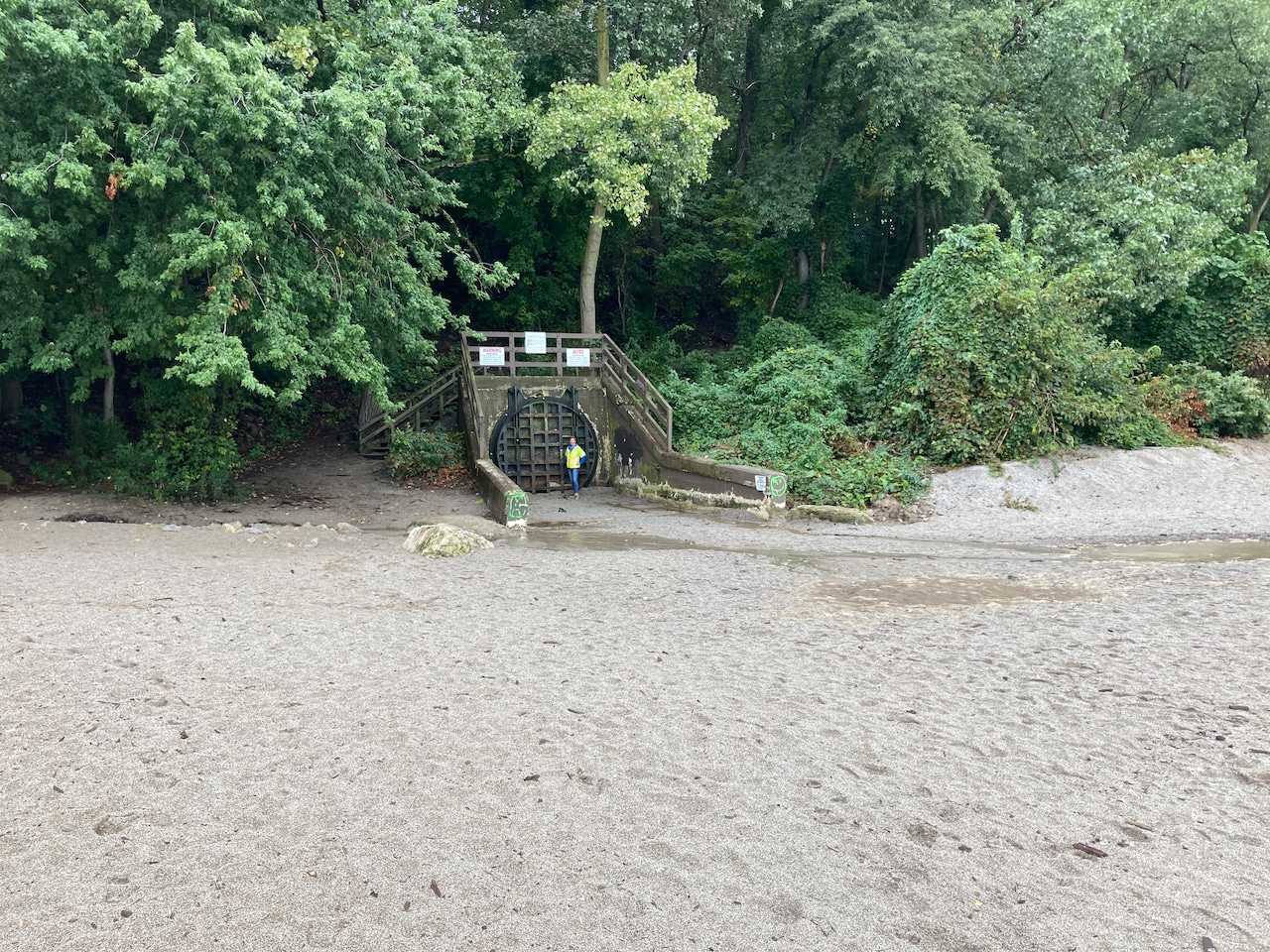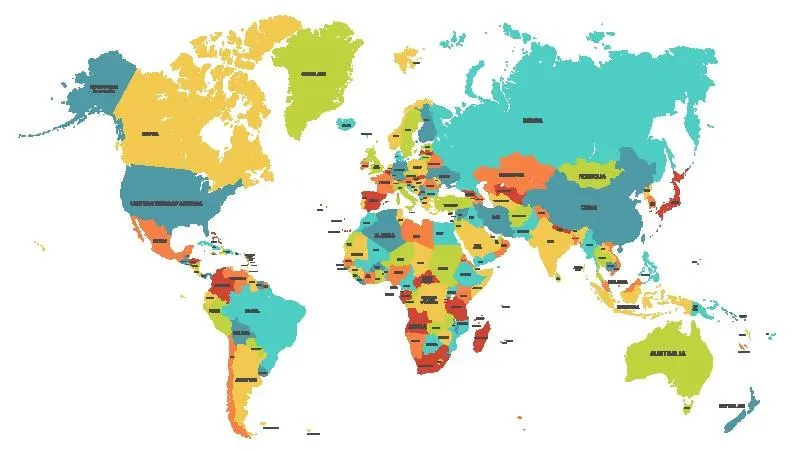
CLEVELAND, Ohio – The Northeast Ohio Regional Sewer District is proposing a $20 million plan to eliminate the long-standing sewage outfall at Edgewater Beach, a highly visible issue that has plagued the popular lakefront destination for decades.
Despite previously meeting federal standards, new engineering solutions have made removing the outfall feasible. Here are five takeaways from the original article by cleveland.com:
1. New $20 Million plan target high-profile problem
The Northeast Ohio Regional Sewer District is voluntarily undertaking a new $20 million project to completely eliminate the raw sewage outfall at Edgewater Beach. Although the outfall already meets U.S. Environmental Protection Agency standards by overflowing only a few times a year, its location at a popular public beach creates what a sewer district official described as a “reputational” problem for both the district and Cleveland Metroparks
The plan marks a significant shift, as engineers had previously indicated that removing this specific outfall was not feasible.
2. Project not required under consent decree with U.S. EPA
The Edgewater outfall was not targeted for elimination under the district’s ongoing $3 billion “Project Clean Lake” initiative because it already met the legal requirements of the 2011 consent decree with the EPA.
That agreement’s primary goal was to reduce the number of overflows at each outfall to about two to four per year, a standard the Edgewater location has already achieved. With overflows significantly down from 40-50 per year in the 1970s, the district focused its resources on other parts of the system to meet the federal mandate.
3. Advanced technology provided breakthrough
The new plan is possible thanks to recent advancements in flow monitoring and computer modeling. After running dozens of simulations over the past year, sewer district engineers were able to design a 1,400-foot-long “surge tunnel” that will redirect a mix of stormwater and raw sewage during heavy rain. This new tunnel will keep sewage levels in the Northwest Interceptor below the threshold that triggers the overflow gate and sends waste cascading toward the beach.
4. Plant upgrades a critical part of the solution
The new surge tunnel is designed to work in conjunction with recent upgrades at the Westerly Wastewater Treatment Plant. New equipment has been installed at the plant to increase its capacity for treating wet-weather flows and to better destroy E. coli bacteria. This two-part approach increases the likelihood that the diverted sewage will be treated before being discharged in Lake Erie, rather than simply moving the overflow problem from the beach to another location. The Westerly plant will still have occasional overflows into Lake Erie, just not as many as it had previously, thanks to its newly expanded capacity.
Fix isn’t a one-size-fits-all for other outfalls
Sewer district officials emphasize that this solution is specific to the unique conditions at Edgewater and cannot be easily replicated across the system’s 112 other outfalls. Each outfall is described as its “own little science project,” and removing one completely, as opposed to just limiting the number of overflows, can carry risks, such as causing sewage to back up into residential basements. While the district has identified about 10 or 12 other outfalls that might be candidates for elimination, it plans to proceed cautiously to avoid unintended consequences.



